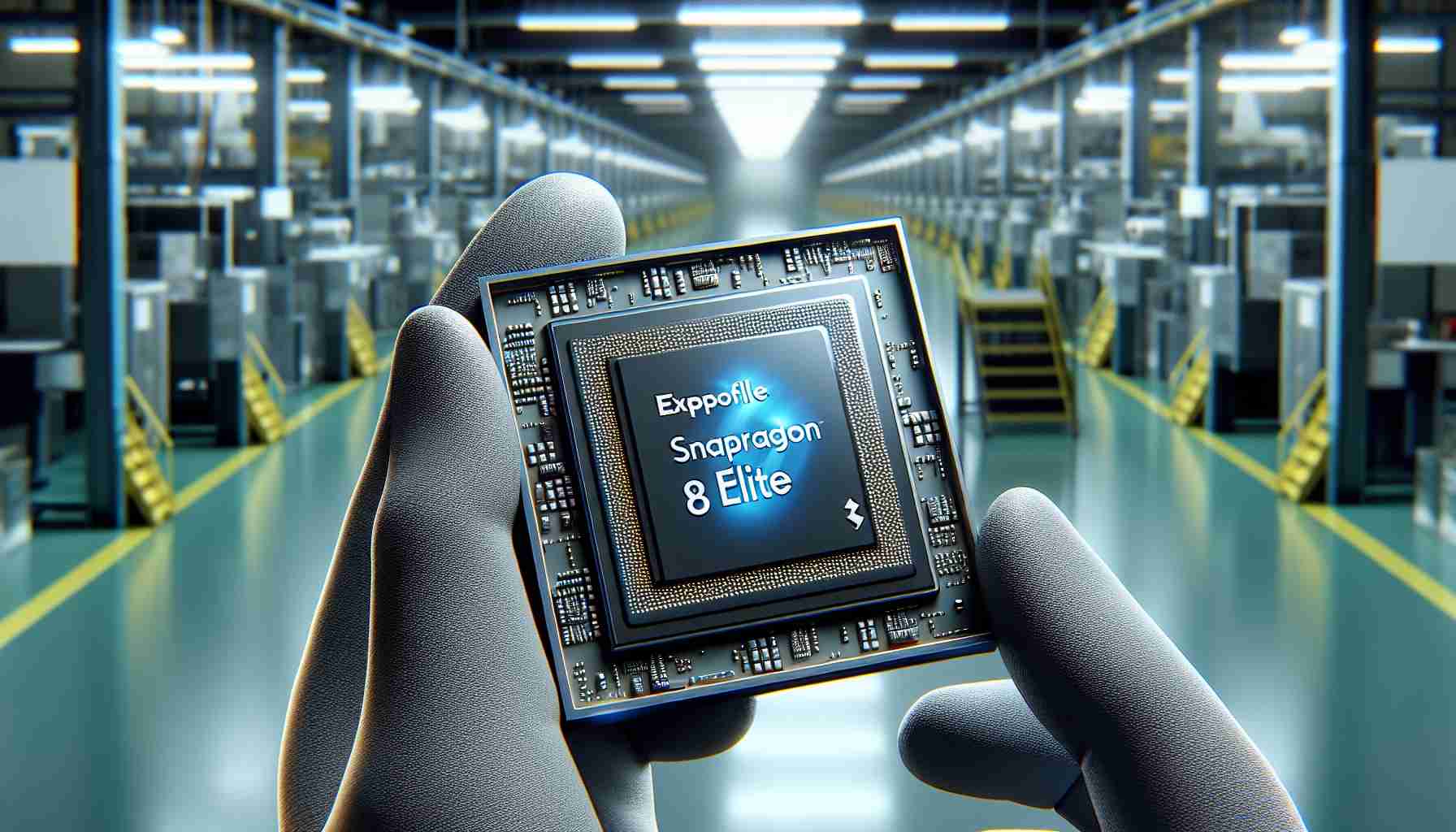This year marks the introduction of Qualcomm’s latest mobile chip, the Snapdragon 8 Elite, designed for high-end smartphones. What sets this release apart is its use of the Oryon CPU architecture, which was first introduced in last year’s X Elite chip series for laptops. This advancement not only indicates a leap in performance but also reflects Qualcomm’s commitment to enhancing mobile computing power.
Significantly, the Snapdragon 8 Elite is built on a cutting-edge 3nm manufacturing process, a step down from the previous generation’s 4nm technology. This transition allows the new chip to achieve impressive gains, boasting a 45% increase in both single and multi-core processing speeds, whilst consuming 27% less power compared to the Snapdragon 8 Gen 3.
The Snapdragon 8 Elite will also showcase enhanced capabilities for artificial intelligence and gaming. With a neural processing unit (NPU) that is 45% faster than its predecessor and a remarkable 40% increase in gaming performance, this chip is poised to significantly elevate the user experience.
Preliminary tests indicate that the Snapdragon 8 Elite can reach speeds of up to 4.32 GHz across its prime cores and 3.53 GHz in its additional cores. Reports suggest that early benchmarks for this chip show an impressive score of over 3 million in Antutu tests, far surpassing that of the Snapdragon 8 Gen 3. As anticipation builds, the official details are expected to be unveiled at Qualcomm’s upcoming Snapdragon Summit.
Qualcomm Unveils Snapdragon 8 Elite Chip: A Game Changer for Mobile Performance
Qualcomm’s recent launch of the Snapdragon 8 Elite chip represents a substantial leap forward in mobile technology, but what additional features and implications does this new processor bring to the table? With a focus not only on raw performance but also on sustainability and user experience, the Snapdragon 8 Elite is expected to redefine the capabilities of high-end smartphones.
What are the key innovations in the Snapdragon 8 Elite?
One notable enhancement is the inclusion of Qualcomm’s advanced AI Engine, which provides developers with tools to create smarter applications by leveraging machine learning capabilities more effectively. The Snapdragon 8 Elite also supports advanced connectivity features such as Wi-Fi 7 and Bluetooth 5.3, ensuring users enjoy faster and more reliable connections than ever before. Additionally, this chip is designed to improve security through built-in hardware measures, enhancing the safety of user data.
Key Challenges and Concerns
Despite the overwhelming benefits, the introduction of the Snapdragon 8 Elite faces challenges. One primary concern is potential overheating issues that can arise with powerful processors operating under heavy usage scenarios. This problem has plagued previous generations of chips, and users may worry if the new architecture exacerbates these thermal challenges. Furthermore, competition in the mobile chip market is intensifying, with players like Apple and MediaTek continuously innovating, which raises questions about how Qualcomm will maintain its edge.
Advantages and Disadvantages of the Snapdragon 8 Elite
Advantages:
1. Performance Boost: The significant improvement in processing speeds and power efficiency, with 45% greater performance in core tasks and 27% reduced power consumption, makes it ideal for high-demand applications.
2. AI Capabilities: Faster AI processing can enhance user experiences with smarter app functionalities and improved camera performance.
3. Connectivity: Support for Wi-Fi 7 and Bluetooth 5.3 ensures that smartphones using this chip will have future-proofed connectivity, benefiting everything from gaming to streaming.
Disadvantages:
1. Thermal Management: High performance often comes with the risk of thermal issues, which could affect long-term device performance.
2. Cost Implications: The advanced manufacturing process and technology may lead to higher costs for smartphones featuring this chip, potentially limiting accessibility for some consumers.
3. Increased Competition: As mobile computing grows, Qualcomm will need to consistently innovate to maintain its market position against formidable competitors.
Conclusion
As the smartphone industry eagerly anticipates the official unveiling of the Snapdragon 8 Elite at Qualcomm’s Snapdragon Summit, it is clear that this chip could significantly influence the next generation of mobile devices. With remarkable advancements in processing power, AI capabilities, and connectivity, Qualcomm aims to set a new standard in mobile technology. However, these innovations come with their own set of challenges that both manufacturers and consumers will need to navigate in the coming years.
For more information on Qualcomm and its developments, visit Qualcomm.










